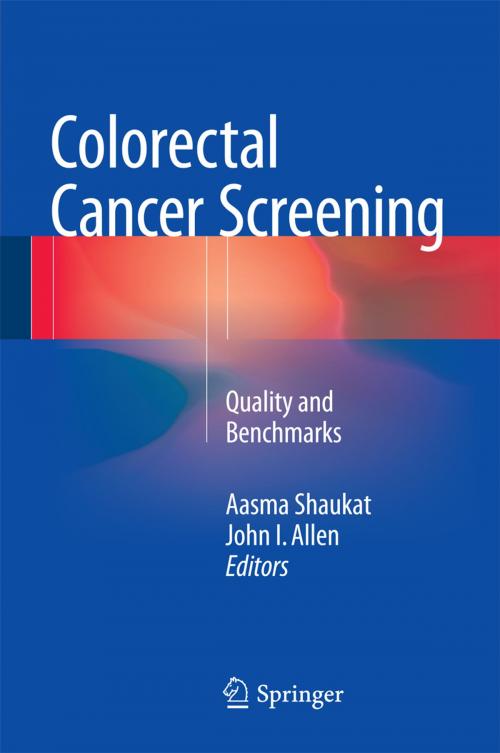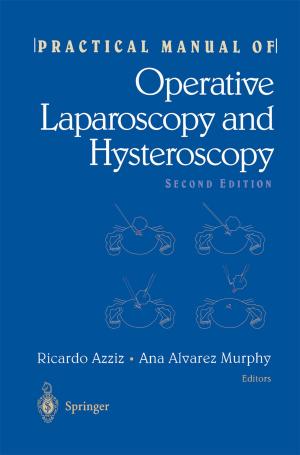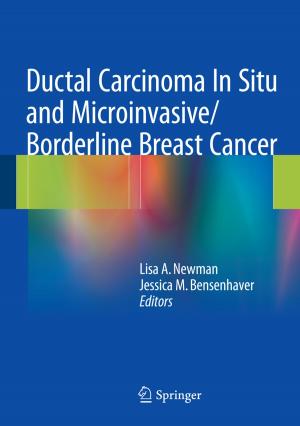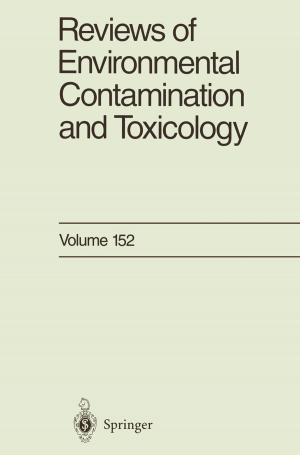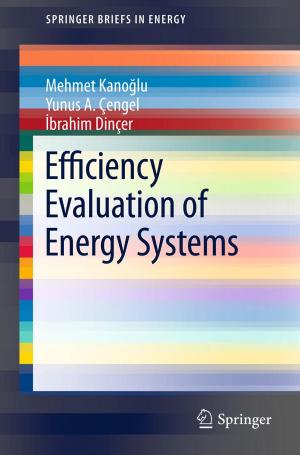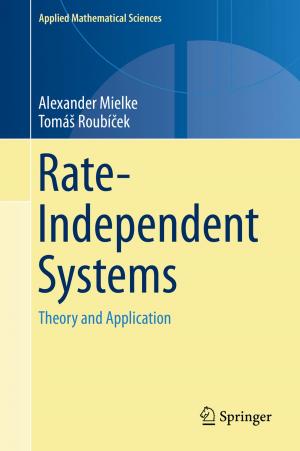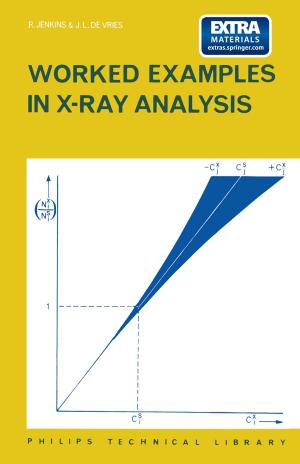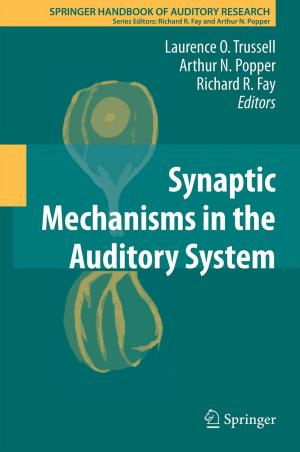Colorectal Cancer Screening
Quality and Benchmarks
Nonfiction, Health & Well Being, Medical, Specialties, Internal Medicine, Gastroenterology, Family & General Practice| Author: | ISBN: | 9781493923335 | |
| Publisher: | Springer New York | Publication: | March 14, 2015 |
| Imprint: | Springer | Language: | English |
| Author: | |
| ISBN: | 9781493923335 |
| Publisher: | Springer New York |
| Publication: | March 14, 2015 |
| Imprint: | Springer |
| Language: | English |
This volume provides a comprehensive overview of quality metrics and methods used to improve quality for all major modalities of CRC screening. It introduces the readers to the evidence of effectiveness behind various CRC screening modalities: stool-based tests (Fecal Occult Blood, Fecal Immunochemical and Fecal DNA tests), flexible sigmoidoscopy, colonoscopy and CT colonography. In-depth chapters review the latest guidelines for CRC screening, compare differences among the five major national guidelines, and highlight the need for valid quality and cost indicators. While the main focus of this volume is on colonoscopy, since most quality indicators and analyses have focused on this modality of screening and surveillance, one chapter is devoted to quality indicators of other screening modalities. Differences between process and outcome measures are also highlighted and a small but valid set of recommended national measures are listed.
Written by experts in the field, Colorectal Cancer Screening: Quality and Benchmarks is an important and useful resource written for gastroenterologists, primary care physicians, general and colorectal surgeons, family physicians, and investigators with research focus in screening and quality metrics.
This volume provides a comprehensive overview of quality metrics and methods used to improve quality for all major modalities of CRC screening. It introduces the readers to the evidence of effectiveness behind various CRC screening modalities: stool-based tests (Fecal Occult Blood, Fecal Immunochemical and Fecal DNA tests), flexible sigmoidoscopy, colonoscopy and CT colonography. In-depth chapters review the latest guidelines for CRC screening, compare differences among the five major national guidelines, and highlight the need for valid quality and cost indicators. While the main focus of this volume is on colonoscopy, since most quality indicators and analyses have focused on this modality of screening and surveillance, one chapter is devoted to quality indicators of other screening modalities. Differences between process and outcome measures are also highlighted and a small but valid set of recommended national measures are listed.
Written by experts in the field, Colorectal Cancer Screening: Quality and Benchmarks is an important and useful resource written for gastroenterologists, primary care physicians, general and colorectal surgeons, family physicians, and investigators with research focus in screening and quality metrics.
